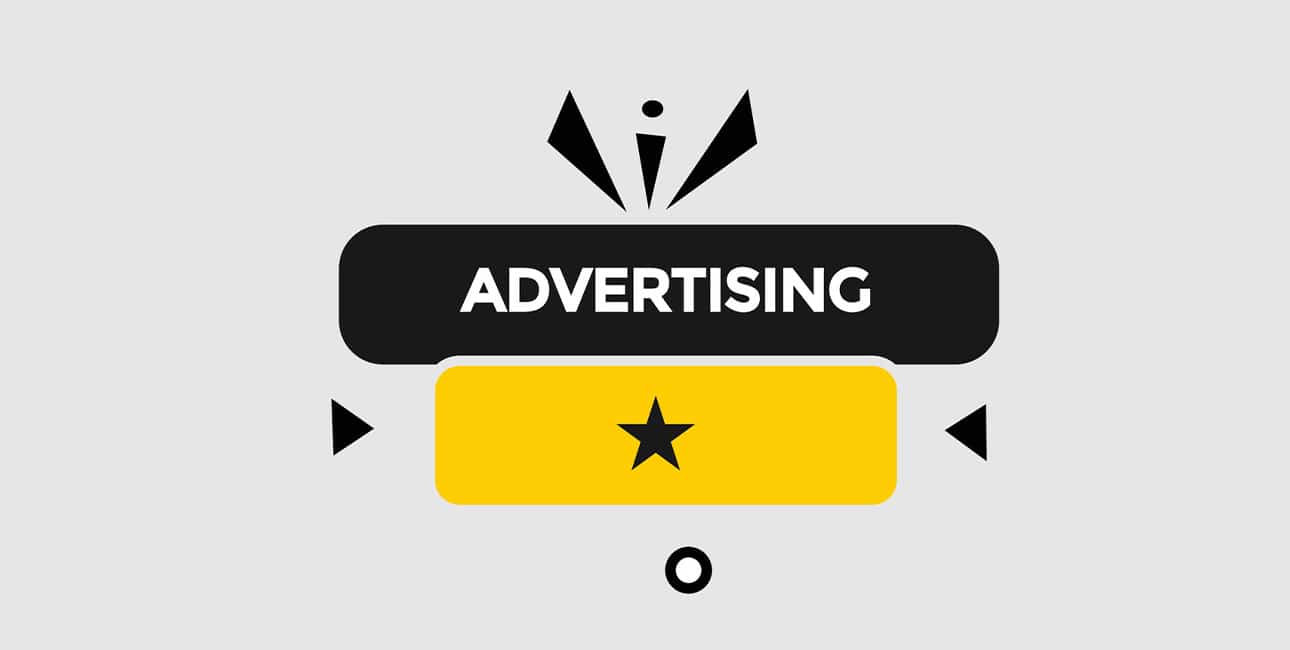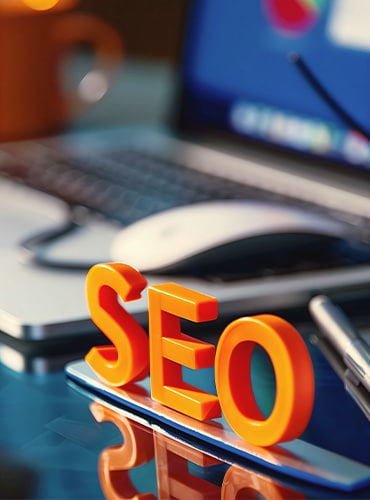
Advertising trends now move at breakneck speed. Generative AI will become crucial to almost all enterprise software by late 2024, which could boost revenues by around $10 billion. Brands’ connection with their audiences continues to undergo major changes as we look toward 2025. The numbers tell an interesting story – 68% of marketers feel positive about Generative AI and 59% are excited about its advertising potential. Yet 43% of consumers don’t trust AI-generated advertising. This creates an intriguing challenge that marketers must handle.
Smart brands already respond to the latest marketing trends that mirror shifts in consumer behavior. Half of all people now prefer streaming for their TV watching. This has led marketers to boost their TV streaming investment by 55% for 2025. The digital marketing world sees Retail Media Networks gaining ground, which will make up nearly one-quarter of all US media ad spending by 2028. Tomorrow’s digital marketing goes beyond just technology – it embraces values. The proof lies in the numbers: 93% of consumers worldwide want to live more sustainably, while 57% would pay extra for eco-friendly products. This piece explores the hidden trends in digital advertising that will shape winning marketing strategies next year.
The rise of AI-driven advertising
AI is moving faster from experimental to essential in digital advertising. Companies that integrate AI into their marketing see substantial gains. Businesses using AI-powered marketing report 20% or more in profitability. This change happens in three important dimensions.
Generative AI in campaign creation
Generative AI has evolved beyond simple content generation to become a sophisticated creative partner. Today’s AI tools create entire ad variations instantly – they develop different headlines, images, and calls-to-action for specific audience segments. The technology’s ability to produce diverse and high-quality content enables teams that lack extensive in-house resources. Many brands see impressive results. Sephora utilized AI to test thousands of ad variations at scale and enhanced engagement rates by 35%.
AI agents and automation in ad delivery
AI agents stand at the forefront of advertising automation. These autonomous technology systems plan and execute multistep processes with minimal human oversight. AI agents can adjust bidding strategies based on immediate performance data. They optimize audience targeting parameters and scale campaigns across platforms while maintaining performance. The results speak for themselves – Procter & Gamble’s team replaced manual campaign setups with AI agents. They achieved 20% higher sales conversions and reduced time spent on ad management by 60%.
Avoiding AI fatigue in marketing teams
A new challenge has emerged despite these benefits: AI fatigue. Marketing teams feel overwhelmed when they constantly test new AI tools that promise better results but deliver inconsistent ROI. Research shows that AI fatigue symptoms include random testing of new tools without follow-through. Teams spend more time in CRM than selling and burn out from learning new systems constantly.
Successful teams take a more strategic approach to prevent this fatigue. They first get into areas in their marketing that need improvement. They identify specific business outcomes before finding AI tools that address these objectives. This focused approach will give genuine value instead of creating additional work.
Personalization at scale becomes the norm
Personalization has changed from a marketing luxury to a business necessity. 71% of consumers now expect companies to deliver customized experiences. The frustration shows when this doesn’t happen, as 76% of consumers express their disappointment. This transformation represents one of the major changes in digital advertising as we approach 2025.
Hyper-targeted ad experiences
Hyper-targeting separates audiences into distinct groups based on specific traits and delivers tailored messages that strike a chord with each segment. Marketers who use customized email campaigns see a remarkable 760% increase in revenue compared to generic campaigns. This strategy helps brands surpass simple demographics. They now use behavioral data, purchase history, and ground factors like location to create relevant advertising. Automotive brands, to name just one example, use traffic data to target commuters with vehicle models that match their lifestyle needs. These efforts have substantially increased dealership queries.
Using first-party data for better segmentation
First-party data has become the life-blood of working personalization as third-party cookies fade away. Companies collect this information directly from customers through their own channels, including purchase history, website behavior, and customer service interactions. We used this approach to create detailed customer profiles and develop targeted campaigns for specific life cycle stages, from acquisition to retention. First-party data makes segmentation more accurate. The numbers speak for themselves – 65% of marketers choose creative personalization as their top tool to propel development, while only 19% prefer audience targeting.
Balancing privacy with personalization
The balance between personalization and privacy creates a major challenge. Trust matters deeply – 94% of organizations know their customers wouldn’t buy if their data wasn’t properly protected. Customers’ trust grows when companies explain their data usage clearly, with 79% more likely to support such transparent businesses. Successful brands now take a privacy-by-design approach. They think about data protection from the start rather than adding it later. They collect only necessary data for specific purposes and let customers control their information. These practices build trust while still delivering the customized experiences today’s customers just need.
New platforms reshaping digital advertising

Social media is changing at breakneck speed. New advertising trends emerge as users flock to different platforms. These changes create fresh ways to help marketers reach their audiences.
Threads, BlueSky, and the fall of X
Users and organizations are leaving X (formerly Twitter) faster than ever. Major names like The Guardian, PBS, and NPR have abandoned the platform. They call X “a toxic media platform”. Two alternatives now lead the pack. Meta’s Threads has grown to 275 million monthly active users. Experts believe this number could reach 400 million by late 2025. Bluesky remains smaller with 15 million users, but its growth has jumped since the 2024 US election. Threads shows real promise for brands. Posts there get 73.6% more engagement than on X. This makes it a prime spot for companies wanting active audience interaction.
Social commerce and shoppable content
Shopping features on social platforms mark a big change in digital ads. Social commerce sales will more than double by 2025. They grow three times faster than regular e-commerce. Shoppable content lets people buy directly from posts. This has become crucial for modern marketing plans. About 73% of companies now sell through social media. Instagram, Facebook, Pinterest, and TikTok lead this change with built-in shopping tools. Users can now buy products without leaving their social feeds.
Voice and visual search integration
Visual and voice search tools are changing how people find products. Voice searches make up 20% of Google App searches. About 27% of mobile users now use voice search. Nine out of ten people say voice search works faster than typing. Tools like Google Lens and Pinterest Lens let users search with pictures instead of words. Companies must adapt their content. Voice searches work better with natural, question-based content in Q&A format. Visual searches need high-quality images with detailed descriptions. Brands must update their online presence to match these popular search methods.
The shift from SEO to GEO (Generative Engine Optimization)
Brands must rethink their online visibility strategy as traditional search engine optimization (SEO) evolves into generative engine optimization (GEO). This shift represents one of the most important trends in digital advertising. AI now arbitrates how people find information online.
What is GEO and why it matters
Generative Engine Optimization helps optimize website content for AI-driven search engines like ChatGPT, Perplexity, and Google’s AI Overviews. Traditional SEO focuses on ranking in conventional search results. GEO wants to make your content appear in AI-generated responses. The difference matters—SEO targets keywords and backlinks, while GEO prioritizes context, relevance, and complete answers.
Your business needs to adapt quickly. Gartner predicts traditional search volume will drop by 25% by 2026. Organic search traffic could fall by over 50% as consumers accept new ideas about AI-powered search. About 79% of consumers will likely use AI-improved search next year, and 70% already trust these results.
Optimizing for AI-driven search engines
The GEO era demands new approaches. First, your content should answer questions directly with well-laid-out headings and brief paragraphs. Second, structured data (schema markup) helps AI systems understand your content better. Third, update your robots.txt file to let legitimate AI crawlers access your content.
Companies without an AI visibility strategy have already lost significant traffic from search engines. Tracking “mention share”—your brand’s frequency in AI responses—is now as vital as monitoring traditional click-through rates.
Social search and conversational queries
Social platforms have become major search destinations. About 31% of consumers use social search to find answers online. One in 4 consumers aged 18-54 prefer social search over traditional search engines.
Voice search changes how people ask questions online. Nearly 30% of internet users employ voice assistants weekly. Americans use voice search extensively—45% use it on their smartphones. Voice search creates more natural conversations, making it essential to optimize for conversational language patterns.
Conclusion
The advertising world stands at a turning point as we look toward 2025. Brands that adapt to new trends will outperform their competitors by a lot. AI-driven advertising has grown from an experiment to a necessity, and companies using these technologies have seen their profits jump by 20% or more. All the same, marketers’ excitement about AI-generated content clashes with consumer doubt, which needs careful handling.
Customized experiences have become basic expectations now. About 71% of consumers just need personalized interactions, so brands must create strategies around first-party data while protecting privacy. They risk losing increasingly aware audiences if they don’t.
Platform changes keep reshaping the scene. As Threads and BlueSky gain ground while X loses its grip, advertisers must think over their platform strategies. Social commerce and voice/visual search are pushing brands to change how they reach consumers.
The move from traditional SEO to Generative Engine Optimization shows how digital visibility has changed completely. Gartner says traditional search volume will drop 25% by 2026. Brands must get ready for this new reality or risk losing substantial traffic.
These trends bring both challenges and amazing chances to connect with audiences. Smart brands will succeed by using AI tools wisely, focusing on real personalization, building presence on new platforms, and adapting to AI-driven search engines. Tomorrow’s successful advertisers will mix state-of-the-art technology with genuine human connection – meeting consumers where they are while respecting their priorities and privacy.




